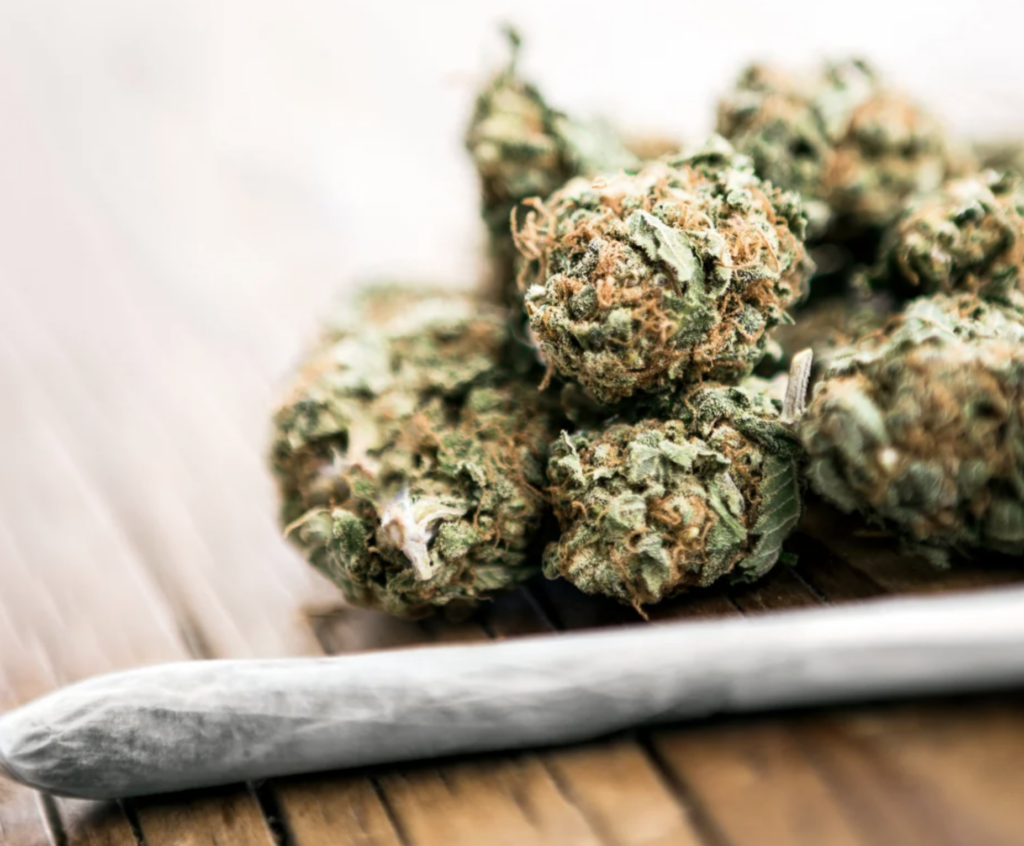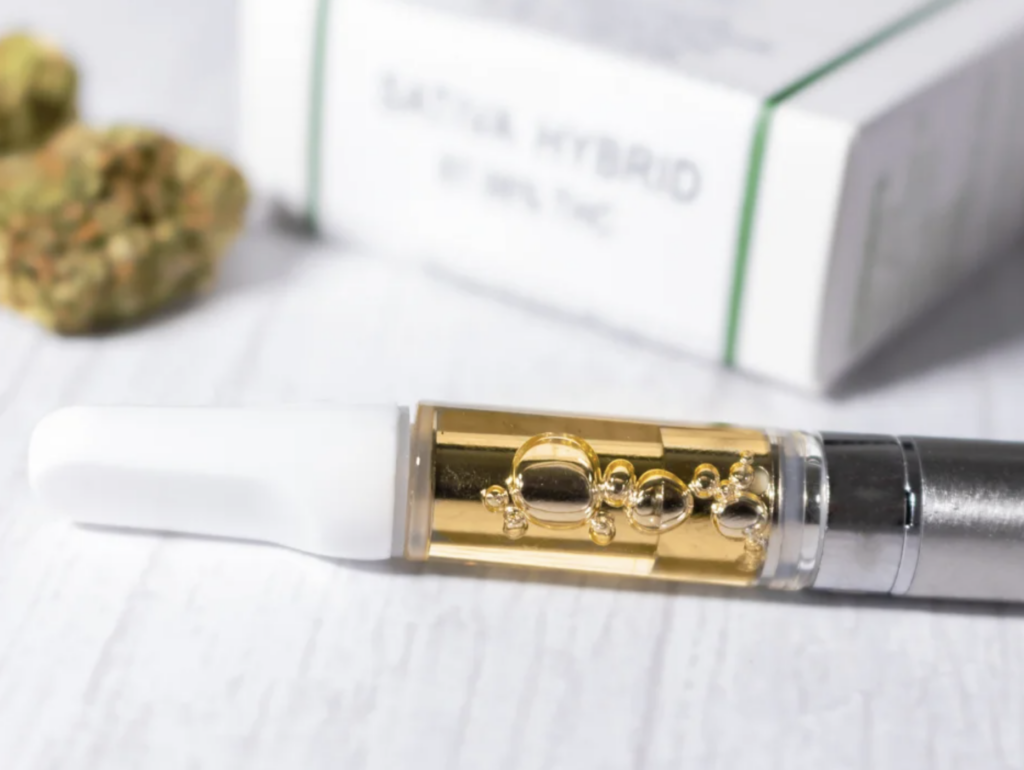
There are various different methods for consuming medical cannabis. Each method provides slightly different results in a slightly different manner. This makes different methods of consumption more effective at certain things than others.
Delta-9-tetrahydrocannabinol or Delta 9 THC is the main psychoactive or intoxicating compound in cannabis that we are aware of. Today’s cannabis products push the realms of THC taking levels higher than they’ve ever been before.
Cannabis from the 1970s had an average THC level of around 8 to 12%. Today’s cannabis reaches THC levels of 30% or more. Cannabis concentrates take THC levels up a notch averaging anywhere from 30 to 90% or higher.
How Does Smoking Cannabis Flower Help and What Does it Help With?
Smoking cannabis flowers, better known as buds or nuggs, is quite possibly the fastest way to feel the intoxicating effects produced by cannabis. When someone smokes cannabis, it goes into their lungs, where it’s absorbed into the bloodstream. Once it reaches the bloodstream, which occurs almost instantly, cannabinoids are distributed throughout the body.
Our body works in part by sending messages throughout itself using neurotransmitters. These molecules allow communication to take place between neurons and brain cells. Cannabinoids such as THC that pass the blood-brain barrier are received by cannabinoid receptors in the brain that are part of the body’s natural endocannabinoid system. The effects come on relatively fast but are short-lived in comparison to other methods of consumption.
Smoking cannabis is known to help reduce pain and anxiety, and it’s known to help calm rage and aggression. If you are utilizing cannabis to help with issues such as these, smoking will definitely prove beneficial in times when the symptoms of your condition are at their worst. If you are experiencing intense rage or aggression, it could take up to 2 hours for an edible to work, whereas smoking a joint could start to work almost instantly.
How Does Vaping Cannabis Help and What Does it Help With?
Vaping cannabis reacts very quickly, much as smoking does. The difference between vaping cannabis and smoking cannabis is found in the method used to convert the cannabis into an inhalable form. When smoking cannabis, such as in a bowl or joint, fire is used to ignite the plant material, which is then inhaled. When vaping cannabis, it can be done one of two ways.
Cannabis vape pods or cartridges utilizing a mixture of cannabis oil and PG/VG, or straight distillate, and then there is dry herb vaping. Dry herb vaping is said to be a much healthier option than traditional smoking because you are not consuming burnt leafy material. A dry herb vaporizer heats cannabis to the point that the plant oils produce a vapor similar to smoke. Vaping cannabis is a great option when smoking isn’t one. A few puffs off of a cannabis vape pen is a very discreet and effective way to deliver a much-needed dose of cannabinoids. When vaping from a vape pen, vape oil is heated and turned into an inhalable vapor.
Like smoking cannabis, vaping is a fast and effective way to receive cannabinoids. Vaping can be a better option when you look at the fact that there is no prep involved. All you have to do is take a couple of puffs off your vape pen or dry herb vaporizer. Beyond that, just make sure you keep your vape devices charged. Some dry herb vaporizers use thermal induction technology and do not require charging. Optimally, if you are looking to manage the symptoms associated with stress, depression, anxiety, mild pain, or other symptoms, vaping cannabis is an effective way to find some quick relief.

How Do Cannabis Edibles Help and What Do They Help With?
Consuming cannabis-infused edibles is a great way to help fight pain and insomnia. Finding the proper dose is extremely important with edibles. It is also important to remember that edibles take anywhere from 30 minutes to 2 hours to begin to take effect. The effect is known to last much longer than smoking or vaping cannabis too.
It can be anywhere between 4-6 hours or longer. A great thing about cannabis-infused edibles is they allow consumers a way to take measured amounts of cannabis. Edibles are available in low dose to high dose and everything in between. Low-dose edibles start at 2.5 to 5 mg, and high-dose edibles average between 50 to 100 mg per piece. Your edible packaging will tell you how many milligrams of THC are in the edible and how many milligrams are in each piece the edible is divided into when applicable.
Consuming cannabis-infused edibles is a great way to help manage more severe pain. It is also a great way to get a good night’s sleep. Cannabis edibles produce strong effects thanks to what some refer to as a second go-round. Hydroxy 11 is produced as cannabis is processed by the body attributing to longer and more intense intoxicating effects making edibles a great method of consumption for those that need longer-term relief from pain, stress, depression, and other ailments.
How Do Cannabis Topicals Help and What Do They Help With?
Cannabis-infused topicals such as lotions, creams, salves, or balms are a great way to give one of our most neglected organs, the skin, a beneficial boost. Cannabinoids have been shown to have anti-inflammatory and antioxidant properties. These are properties that can provide profound benefits to the skin. People who have skin conditions such as eczema, dermatitis, psoriasis, and others are finding relief using medicated cannabis topicals.
CBD is quite possibly one of the most popular cannabinoids used in cannabis topicals. It has the most research supporting the potential benefits that people may experience. Researchers from Cedar Sinai hospital in California believe that CBD can play an important role in hydrating skin. They’re not alone, as other research suggests CBD is good for the skin too.
How Do Cannabis Oils/Tinctures Help and What Do They Help With?
Last but not least, cannabis oils and tinctures may be just what you need. If you suffer from symptoms such as stress, depression, anxiety, mild pain, chronic pain, arthritis, insomnia, migraine headaches, loss of appetite, or one of many other symptoms, medical cannabis may help you like it has helped so many others.
Cannabis oils or cannabis tinctures are great alternatives for those who do not have any interest in smoking or vaping. They also are a great alternative for individuals that don’t want all the sugar typically found in most cannabis edibles. Cannabis oils or tinctures can be taken directly under the tongue. They can also be added to foods, beverages, and even capsulated at home. Cannabis oil and cannabis tinctures are both known to be very potent pain-fighting tools. They also help with all of the other symptoms and conditions that other forms of cannabis consumption help with as well. With cannabis tinctures, the onset is similar to vaping, yet the effects tend to last longer. With other cannabis oils, the onset and duration of effects vary in line with that of cannabis edibles, making them a great option for long-term benefits from medical cannabis.
Disclaimer: The information, including but not limited to, text, graphics, images and other material contained in this article is for informational purposes only. No material from this article is intended to be a substitute for professional medical advice, diagnosis, or treatment. Always seek the advice of your physician or other qualified health care provider with any questions you may have regarding a medical condition or treatment before undertaking a new health care regimen. Never disregard professional medical advice or delay in seeking it because of something you have read on this website.
